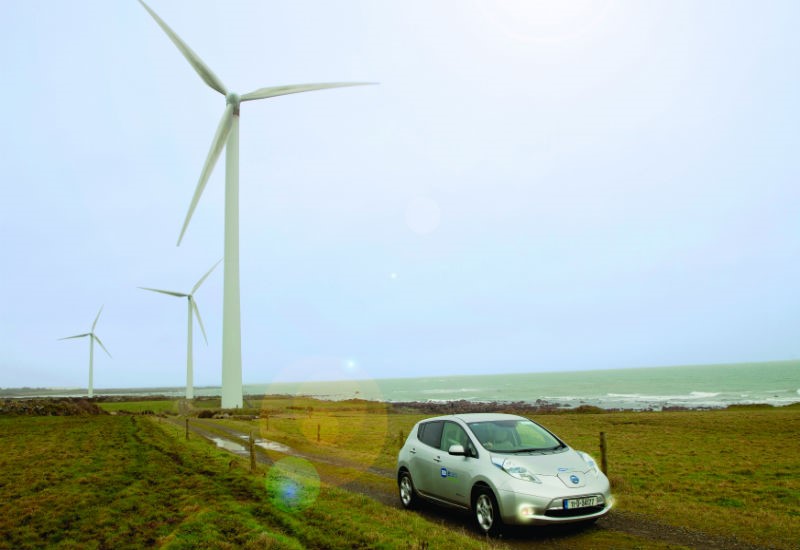Thirty-five years ago, Ireland was a different place. We had no motorways and the drive from Dublin to Cork took five hours. Most of us had a choice of two TV stations. We paid for everything with cash which we had to go into a bank to withdraw. The changes we have seen in just 35 years are staggering – all unimaginable to the citizens of Ireland in 1980.
Now think ahead to 2050. Ireland, along with other EU member states, has committed itself to a low-carbon future. This journey has started and will be a permanent feature to 2050 and beyond that to 2100.
The elimination of carbon will require radical new thinking and fundamental changes in the way that we consume energy, particularly in those sectors where emissions are highest.

The electricity sector has an important role. But electricity generation only accounts for about a fifth of carbon emitted in Ireland. We have to look beyond electricity to have any chance of meeting our national carbon reduction targets.
Three-quarters of our national emissions come from agriculture, heating and transport. Given the limited potential to reduce emissions from agriculture in the short- term, the immediate focus has to be on transport and heating.
Fossil oil
Three-quarters of the energy consumed in heating and transport in this country comes from fossil oil – a far higher proportion than in the rest of the EU. This is contributing hugely to our carbon emissions. In 2014, Ireland consumed 6.25 million tonnes of oil, the vast majority of which went towards heating and transport. We have less than 35 years to reduce this by 90 per cent if we are to meet our national targets.
The challenge is immense and growing. Ireland’s population is expected to increase to 6.7 million by 2050. This means more than a million more cars on the roads and an extra 500,000 households. So, as traditional demand for oil increases, we need to find a way to reduce it to just one-tenth of existing levels.
We simply have to stop using fossil oil for heating and transport. This requires radical change. The technologies used for decades will not get us there regardless of how many incremental improvements are made.
Take for example the combustion engine, around for the past 100 years. It is hugely inefficient, converting only about 20-25 per cent of energy into motion. Incremental improvements from this low base will not be enough to put a dent in our carbon emissions. We have to find new technologies with far better efficiency or replace oil with low-carbon or zero-carbon fuel.
Potential Solution
Solutions are available. Electric vehicles are three times more efficient than conventional cars and offer a potential solution, as do sustainable biofuels. Moves to ban petrol and diesel cars completely by 2025 are gaining serious ground in Norway and the Netherlands.
In the heating sector the situation is similar. Oil boilers are already highly efficient and further efficiency improvements won’t shift the dial. Further improvements in building standards for new buildings will help but cannot address our existing building stock.
Again, gradual improvements in heating efficiency are insufficient to remove oil from our energy system.
Appliance manufacturers like Glen Dimplex are developing heat pumps which achieve efficiency levels of up to 300 per cent. Heat pumps plus building insulation reduce emissions and remove carbon completely from the national housing inventory. This is the kind of leap required.
The deployment of these types of technologies in parallel with the decarbonisation of the electricity sector has the potential to deliver up to half of the carbon reductions we need to reach our national targets.
The elimination of oil from the heating and transport fuel mix is not without precedent in Ireland. Up to the late 1970s, the electricity industry was largely dependent on oil. Following the oil crisis, we moved away from oil over a number of years and more recently began the ramp up of onshore wind energy. Today, Ireland’s electricity system is recognised internationally as leading example in the integration of wind, and oil is used for less than 1 per cent of electricity generation.
What seemed unfathomable is now a reality. What was unthinkable in 1980 is now part of our everyday lives.
Pat O'Doherty is Chief Executive of ESB. This article was published in the Irish Times on Monday, September 19.
